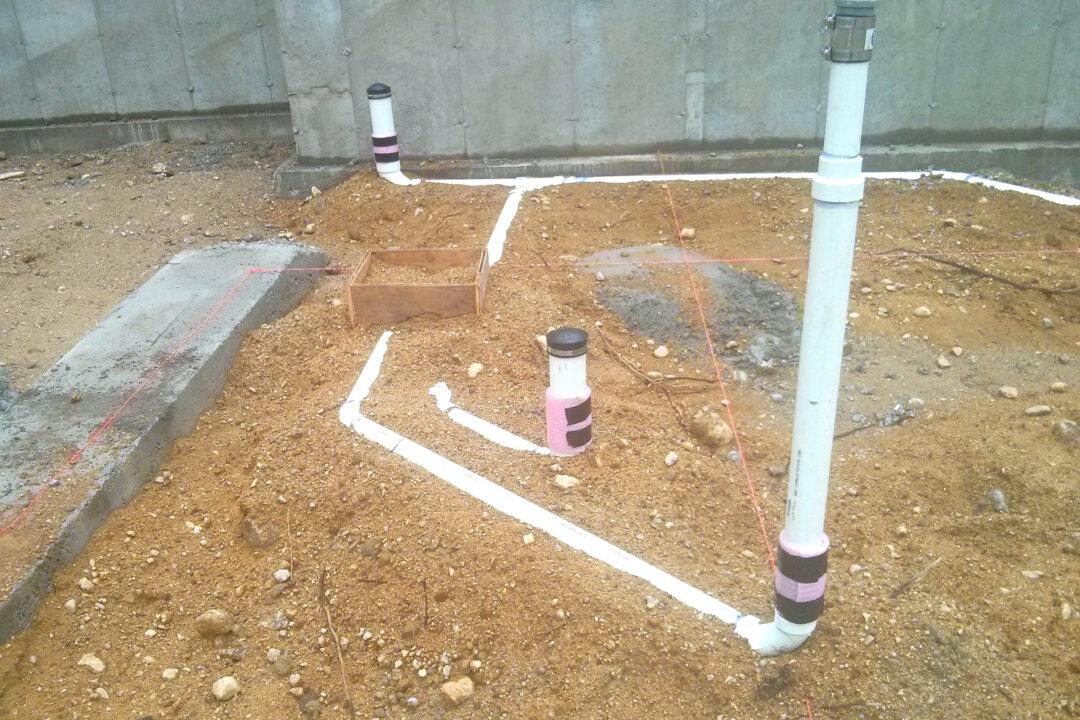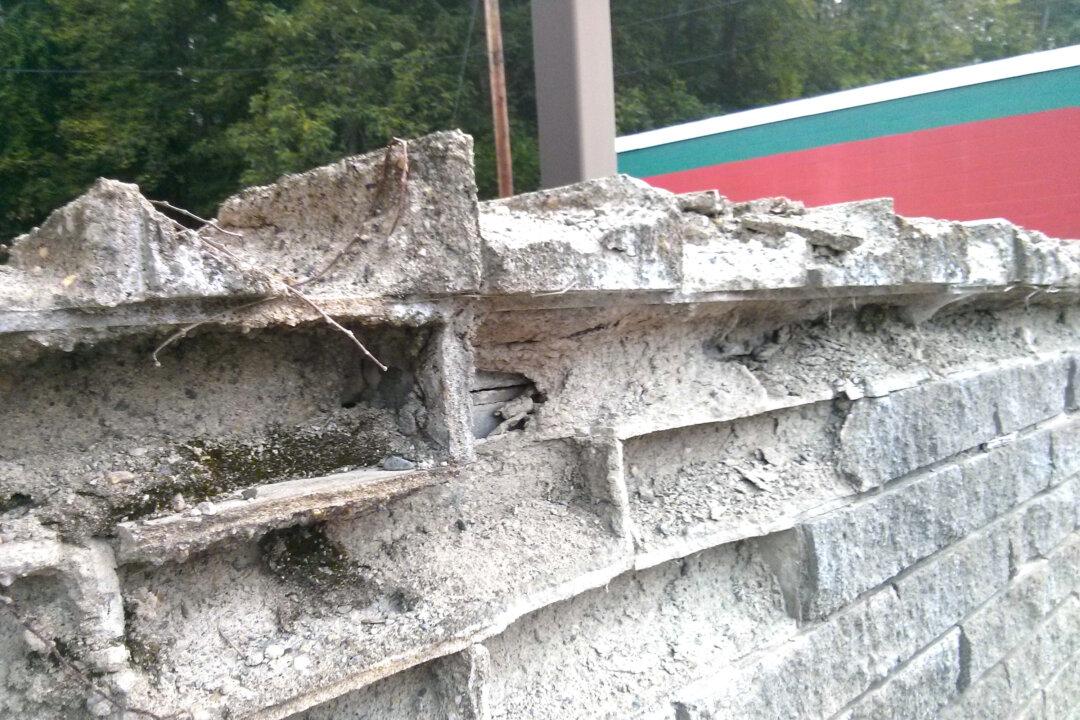Not a week goes by that I don’t receive an email asking me about what’s involved in renovating an old building. Most who reach out to me realize it can be an expensive endeavor, but the allure of restoring a sound old building to either its former glory or transforming it into an attractive modern look sometimes overrides the financial aspects of the project.
And as you’re about to discover, there may be a lucrative investment opportunity you’ve not thought about when it comes to old buildings.
A little over a week ago I stayed in a renovated one-bedroom loft apartment that was part of a solid brick building built in 1890 in the East End of Cincinnati.
The owner of the building is a long-time friend of mine. At the time he renovated the building five years ago, he was doing construction and real estate investing. I was nearly 1,000 miles away, but he sometimes called me to ask for advice when he faced a problem or a difficult choice. I was always happy to help him.
Keep in mind that when you build just about anything, you have choices to make. All too often I see people make poor choices. They select products that have a short useful life or require lots of ongoing maintenance. With the current raging inflation and tight labor market — conditions I don’t see improving in the coming years — ongoing maintenance can become a vast bottomless money pit.
Fortunately, my friend made all the right choices in the renovation. He knew he was going to keep the building for many years to create a passive income stream. He owned a handful of other buildings on the same street, and the neighborhood was being reborn. It was exciting for me to watch this transformation from a distance.
My friend made wise decisions about all sorts of materials that cost a little bit more to install now, but that would be virtually maintenance-free for many years to come. Here are a few examples. He could have installed standard asphalt shingles on the steep roof, but instead he went with standing-seam metal roofing. This metal roof will not require maintenance for at least 40 years.
He had to install both interior and exterior staircases. He could have just used treated lumber outside and standard lumber inside. But instead he went with industrial-sized steel outside with cast concrete treads. Even the handrails and guardrails were made from wrought iron that can last well over 100 years with periodic painting every 10 years.
I remember a conversation we had about what was the best exterior paint to use, and I suggested that he should go with one that has a urethane resin base. I painted my last house in Cincinnati about 25 years ago with this type of paint and the paint looks as good today as it did decades ago.
There are things you should be aware of if you decide to do an old-house renovation. First and foremost, be aware of the lead-paint hazards. Be sure to test any and all painted surfaces that you’ll be working with. Note that even old clear varnishes sometimes had lead. Small amounts of lead can make you very ill, so you need to treat lead paint with the utmost respect.
In almost all cases you’ll have to install all new mechanical systems. Budget for all new plumbing drain and water lines. You’ll want to install all new electrical wiring. Be sure you install 20-amp circuits in critical locations so you avoid tripped circuit breakers in the future.
Most of all, don’t cut corners on the heating and air-conditioning. This system is what keeps you comfortable year-round. It’s vital the contractor does accurate heat-gain and heat-loss calculations so the equipment is sized properly. Be sure you have return-air vents in all rooms except for the kitchen and bathrooms. The return-air system needs to be designed properly as it ensures each room is comfortable no matter what the outdoor temperature might be.
If your goal is to renovate a property to rent, don’t overlook the possibility of short-term rentals. My wife and I rent houses several times a year when we go visit my daughter, her husband and my granddaughter. There are many people who prefer to do this rather than being crammed into a motel or hotel.
When you do the math, you might discover you can double your rental income using short-term rentals. You might only need to rent the space for 120-150 days a year to achieve this financial result. In many cases the building might get far less wear and tear compared to renting to a tenant that lives in the space everyday all year long.





